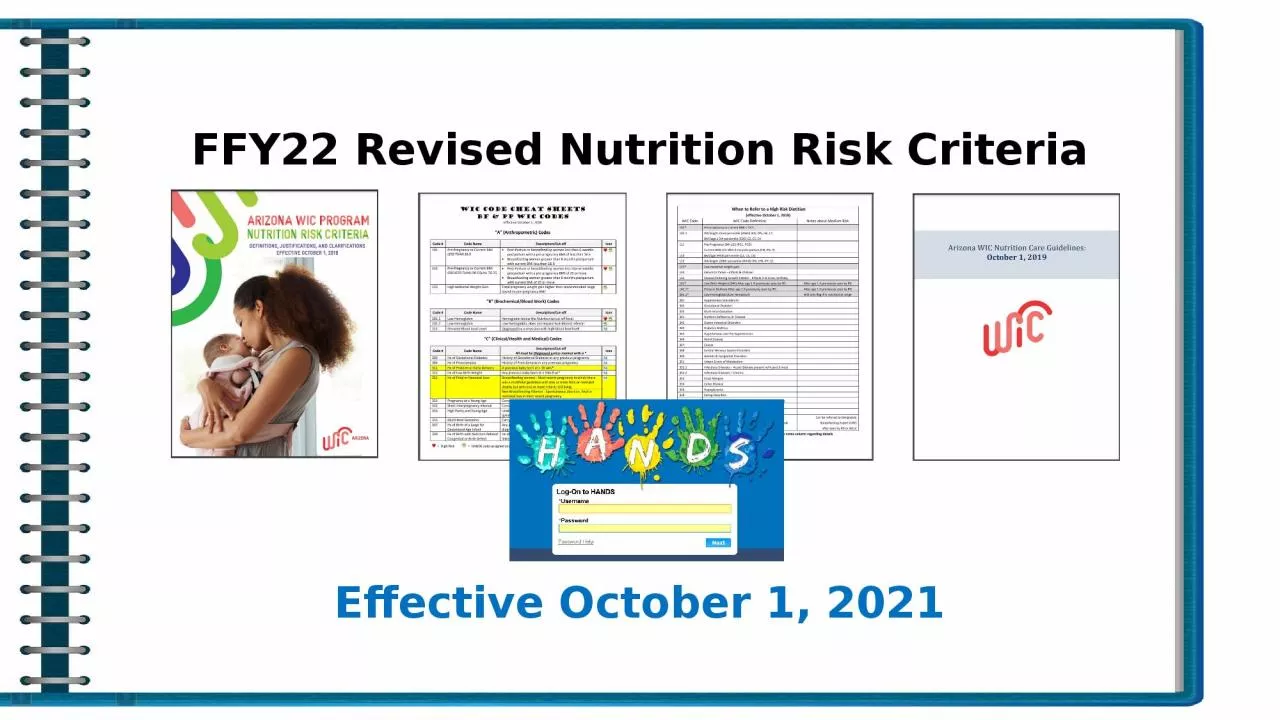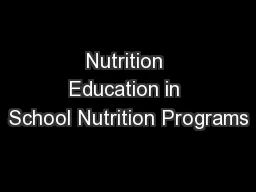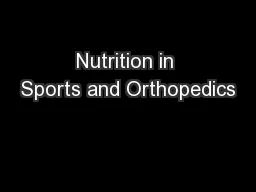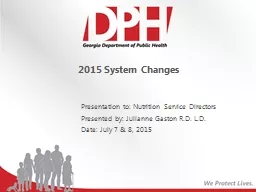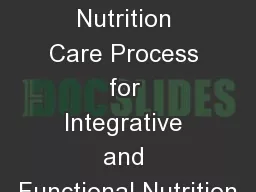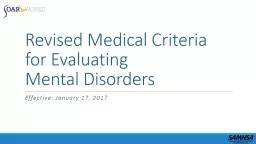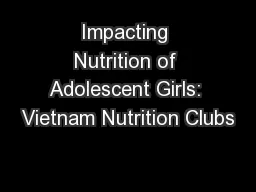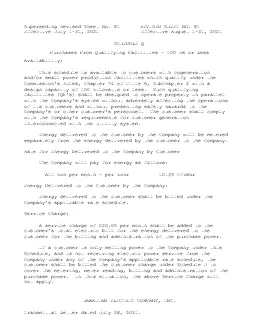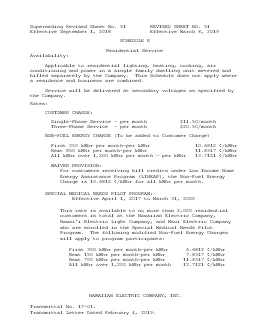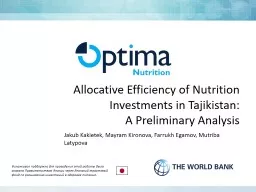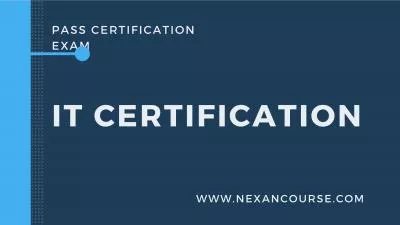PPT-FFY22 Revised Nutrition Risk Criteria
Author : DancingDragonfly | Published Date : 2022-08-02
Effective October 1 2021 Purpose of Nutrition Risk Criteria With the flexibility allowed by risks such as 401 and 428 we dont usually think of nutrition risk as
Presentation Embed Code
Download Presentation
Download Presentation The PPT/PDF document "FFY22 Revised Nutrition Risk Criteria" is the property of its rightful owner. Permission is granted to download and print the materials on this website for personal, non-commercial use only, and to display it on your personal computer provided you do not modify the materials and that you retain all copyright notices contained in the materials. By downloading content from our website, you accept the terms of this agreement.
FFY22 Revised Nutrition Risk Criteria: Transcript
Download Rules Of Document
"FFY22 Revised Nutrition Risk Criteria"The content belongs to its owner. You may download and print it for personal use, without modification, and keep all copyright notices. By downloading, you agree to these terms.
Related Documents

